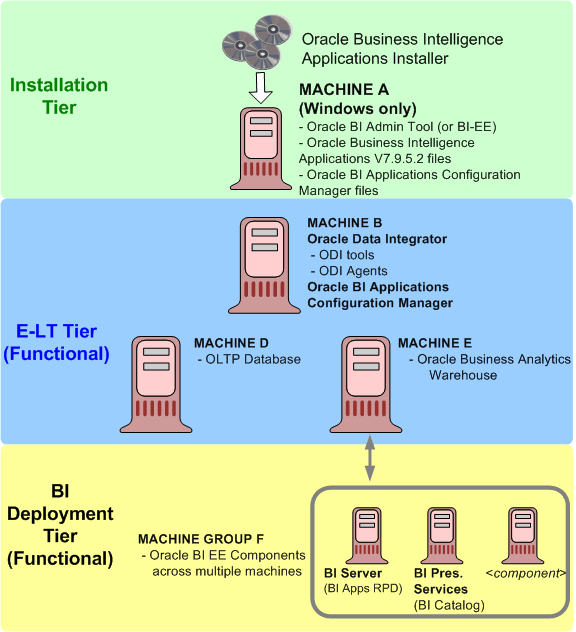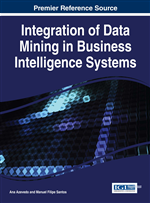

Further information on his main research publications can be found on.
VARIOUS BUSINESS INTELLIGENCE APPLICATIONS PC
He has also been PC member of different events and JCR journals such as ER, DAWAK, CIKM, ICDE, DOLAP, DSS, JDM, ISOFT, and DKE, and PC Chair of DOLAP'05, DAWAK'05-'06 and FP-UML’05-’09. He has also been co-editor of five special issues in different JCR journals (e.g. He has advised 9 PhD students and published more than a 120 papers in different national and international high impact conferences such as the ER, UML, ADBIS or CaiSE, and more than 30 papers in highly ranked international journals indexed by JCR such as the DKE, DSS, ISOFT, IS, or JDBM. His main research topics include business intelligence applications, data warehouses’ development, OLAP, data mining, UML, MDA, data warehouses security and quality, etc.
VARIOUS BUSINESS INTELLIGENCE APPLICATIONS SOFTWARE
Juan Trujillo is a Full-time Professor at the Department of Software and Computing Systems in the University of Alicante (Spain). In my opinion, the book's primary audience is the interested researcher or practitioner who wants to get a broader view of the environment around the combination of Web and business intelligence, with pointers to the state of the art, as well as the broader challenges that remain open. In this sense, the text is easy to follow without losing its interest or significance. The book's primary target is breadth of coverage, with suggestions of the relevant readings for further probing and initial insights for solutions, rather than an in-depth investigation of technical problems in the typical research-oriented fashion. The book mainly acts as a reference for the state of the art in several areas, including problems and challenges that are not straightforward to be addressed as well as suggestions for paths to follow. The second area involves the automation of data processing and the usage of the Web as a platform for business intelligence including topics like BI-as-a-service, mashups and the Semantic Web for business intelligence, and, collaborative business intelligence.

The book discusses topics like the management of unstructured text and its combination with super-structured environments like data warehouses and OLAP tools, as well as the management of relevance, freshness, and in general, quality of the Web data with a view to its exploitation via business intelligence tools. First, the book covers the area of exploitation of data that are already present in the Web for the purposes of business intelligence. The book contains a mixture of research insights, system architectures, discussion of tools, and real-world cases and organizes the discussion of these issues in two areas of coverage. Zorrilla, Mazón, Ferrández, Garrigós, Daniel, and Trujillo have done a great job in compiling a book that fills the gap in the related bibliography with an interesting and comprehensive coverage of the challenges that we face for linking business intelligence and the Web. This comprehensive collection aims to emphasize the interconnections that exist among the two research areas and to highlight the benefits of combined use of BI and Web practices, which so far have acted rather independently, often in cases where their joint application would have been sensible. Research in these areas has produced consolidated solutions, techniques, and methodologies, and there are a variety of commercial products available that are based on these results.īusiness Intelligence Applications and the Web: Models, Systems and Technologies summarizes current research advances in BI and the Web, emphasizing research solutions, techniques, and methodologies which combine both areas in the interest of building better BI solutions.

Traditionally, BI applications allow management and decision-makers to acquire useful knowledge about the performance and problems of business from the data of their organization by means of a variety of technologies, such as data warehousing, data mining, business performance management, OLAP, and periodical business reports.

Over the last decade, we have witnessed an increasing use of Business Intelligence (BI) solutions that allow business people to query, understand, and analyze their business data in order to make better decisions.


 0 kommentar(er)
0 kommentar(er)
